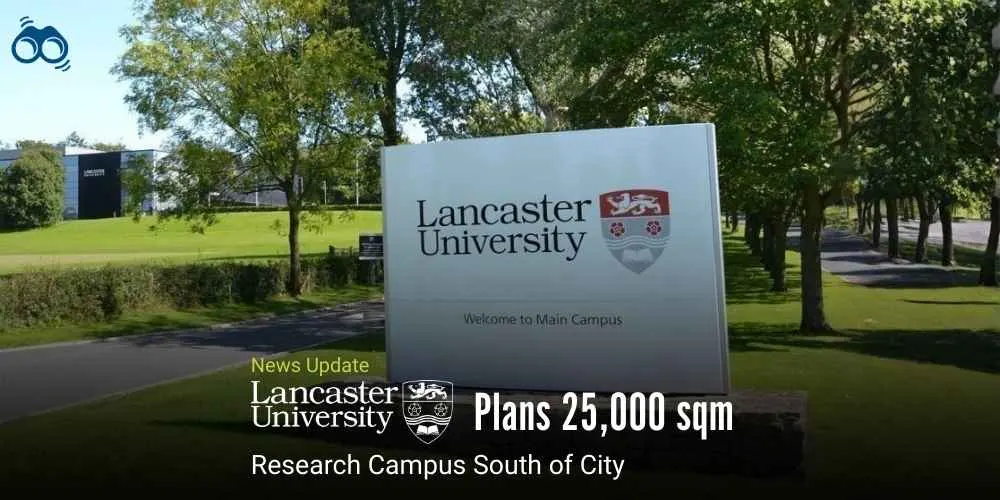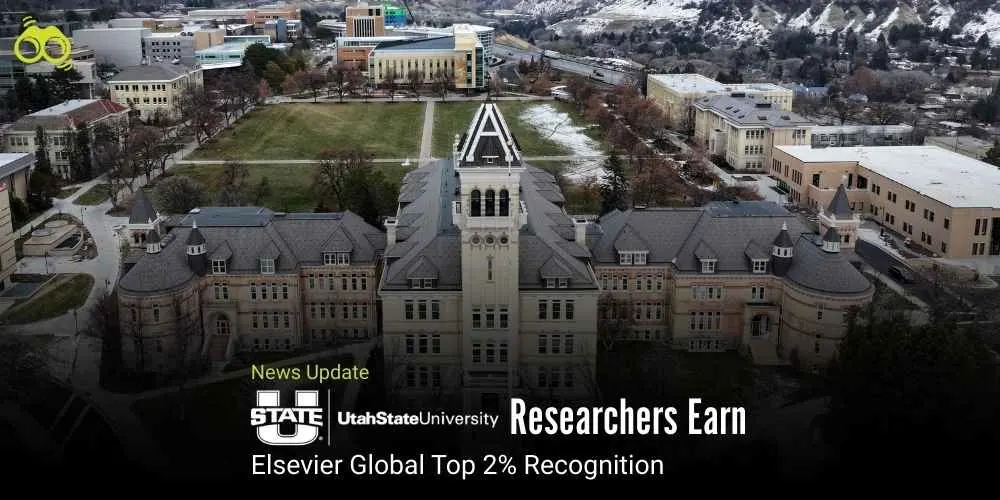Public Colleges Reduce Costs, Private Institutions Offer More Discounts
Public College Tuition Drops 4%, Financial Aid Brings Bigger Savings
Recent research shows that students are paying significantly less to attend public universities compared to a decade ago. According to the College Board, average tuition at in-state public universities is $11,610 this year, a 4% decrease after adjusting for inflation. The real savings come from financial aid, with the average amount students pay dropping 40%, from $4,140 to $2,480 annually.
Due to reduced costs, students are borrowing less. The College Board reports that the percentage of students graduating with debt has dropped from 59% a decade ago to just under 50%. Among those who borrow, the average loan balance has decreased by 17%, now at $27,100. At private colleges, tuition continues to rise but at a slower rate. Over the past decade, it has increased by 4% after adjusting for inflation, reaching an average of $43,350, a sharp slowdown compared to the previous two decades, when tuition rose by 68%.
As many Americans question the value of college education, surveys show growing scepticism, and U.S. Bureau of Labor Statistics data reveals a decline in college enrollment among high school graduates. However, research from Georgetown University indicates that a bachelor’s degree still offers financial benefits, with graduates earning a median of $2.8 million over their careers, 75% more than those with only a high school diploma. Jennifer Ma, lead author of the study at the College Board, explained that the COVID-19 pandemic helped reduce costs, as many institutions froze tuition rates. She noted that increased state and federal funding for higher education allowed colleges to lower attendance costs, though much of the federal pandemic aid was depleted by the end of 2022.
Cost played a key role in 22-year-old Kai Mattinson’s decision to attend Northern Arizona University. While tuition was initially $39,000, discounts and scholarships reduced her costs to $15,000–$20,000. She chose Northern Arizona over the University of Arizona for its affordability. Many institutions have limited cost increases, with Purdue University freezing in-state tuition at $9,992 for 13 years. Mark Becker, president of the Association of Public and Land-grant Universities, credited cost-control efforts, state investments, and increased federal Pell Grant support for improving college affordability and reducing student debt.
The College Board data shows that costs for students at public two-year community colleges have dropped by 9% over the past decade, aligning with federal data. However, attending out-of-state public universities or private colleges remains costly, with some annual costs reaching $95,000. Many institutions offer substantial discounts to middle- and lower-income students. For example, the Massachusetts Institute of Technology announced in November that undergraduates from families earning less than $200,000 would no longer pay tuition starting in the fall.
In a challenging environment, some private colleges are discounting tuition to attract students. With a shrinking pool of young adults and growing caution around large loans, these institutions are prioritizing recruitment to stay viable, especially as rising operational costs and the end of pandemic-related federal aid have led some colleges to cut programs. Although institutions are adapting to the changing landscape by offering more discounts and scholarships, making education accessible for all still requires a lot of effort.
Editor's Note:
Higher education costs in the United States have seen a notable shift, with public universities making efforts to reduce financial barriers for students, and these efforts show promise in increasing affordability. However, rising costs at private institutions and ongoing scepticism about the value of a college degree highlight the challenges prospective students and their families face. Educational institutions, policymakers, and communities must continue prioritizing affordability and accessibility to ensure higher education remains a viable option for all.
Skoobuzz urges institutions worldwide to collaborate in reducing the cost of education, as it is essential for the future of students everywhere.














0 Comments (Please Login To Continue)